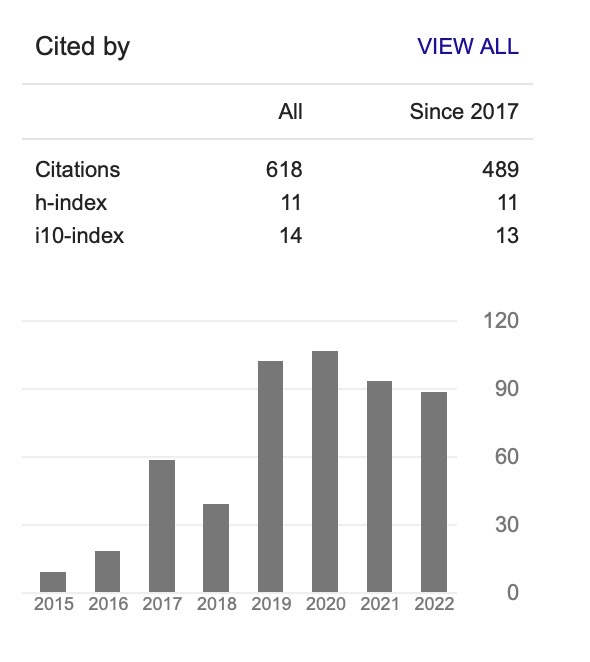Drilling of Uni-directional Carbon Fibre Reinforced Plastics with PCD Tools: Experiment and Finite Element Study
Keywords:
drilling, delamination, finite element model, polycrystalline diamondAbstract
Carbon fibre reinforced plastics (CFRP) are increasingly being used in aerospace due to its high strength to weight ratios, high resistance to corrosion and low thermal expansion coefficient. One of the preferred methods used and necessary to assemble (CFRP) components is drilling operation, polycrystalline diamond (PCD) tools is one of the solutions for drilling (CFRP). Different challenges are faced when drilling (CFRP), ‘‘Peel-up’’ and ‘‘Push-out’’ are two distinguishable delamination mechanisms associated with drilling of composite laminates. In this research, 3D finite element model (FEM) is developed for predicting the thrust force and torque at planned feed rate and speed combinations. The (FEM) results are found to be a close agreement with the experiment results.







